Things to Do in Almería Spain
We explore the top things to do in Almeria, Spain in this post from visiting the large-scale Alcazaba on a hill protecting the city to gorgeous coastlines and hidden coves and the only large desert located in Europe.
Most visitors to Spain, don’t have an idea about the main cities that are located on the southeastern part of the country or even venture out of Malaga, Granada and other key attractions in Andalusia. But this southern city also within the province of Almeria is definitely worth a visit and a hidden gem off the beaten path for more tourists. What you’ll find without all the tourist crowds is one of the largest and intact alacazaba or Moorish fortress in Spain, along impressive churches, historic buildings, walking promenades and squares. It is a totally unique and beautiful city that exudes a lot of ancient history and culture in a picturesque environment.
If you have any free time to explore, consider visiting the southeastern province of Almeria, it’s totally off the beaten path and far from the tourist crowded areas of the country. The, history, culture and food scene is equally as diverse, impressive and worth visiting.
Things to Do in Almería Spain: From Moorish Fortresses to Crystal-Clear Coves in Andalusia’s Sunniest Province
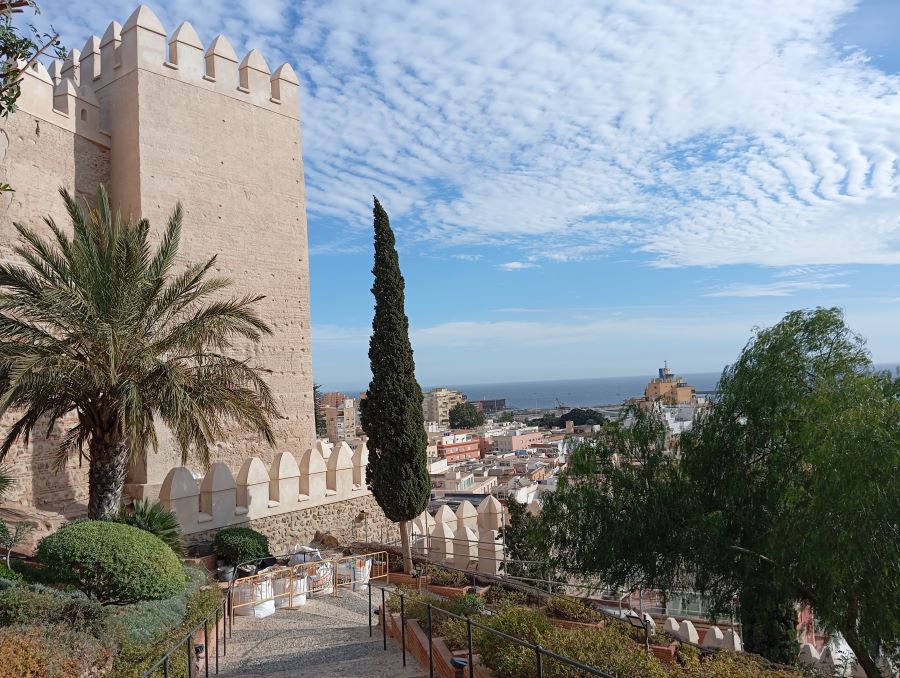
What’s the weather in Almeria, Spain and best time to visit
The best time to visit Almería, Spain, really depends on what kind of experience you’re after, but generally, spring (April to June) and early autumn (September to October) are ideal for most travelers.
Here’s why:
Spring (April to June)
- Weather: Warm and sunny but not too hot. Highs range from the low 20s°C (70s°F) in April to around 28°C (82°F) in June.
- Crowds: Fewer tourists than in peak summer months, which means easier access to beaches, natural parks, and cultural sites.
- Nature: Desert landscapes like Cabo de Gata-Níjar Natural Park are at their best—still green in some spots from winter rain, and wildflowers may be blooming.
Autumn (September to October)
- Weather: Still warm and sunny, especially in September. The sea is at its warmest after the summer, making it a great time for swimming and water activities.
- Crowds: Thinning out after the summer rush, especially by late September.
- Local Life: A good time to enjoy a more relaxed, authentic vibe as life returns to normal for locals after the busy season.
Summer (July to August)
- Pros: Great for beachgoers and those who don’t mind heat. Lots of festivals and nightlife activity.
- Cons: Extremely hot (temperatures can reach 40°C / 104°F), and inland areas get particularly sweltering. This is also peak tourist season, so it’s busier and more expensive.
Winter (November to March)
- Mild weather: Rarely cold, with daytime temps in the 15–20°C (59–68°F) range.
- Off-season perks: Quiet, great for budget travelers, and a peaceful time to explore without the crowds.
- Cons: Some tourist-oriented places may have limited hours or be closed, and the sea is usually too chilly for swimming.
In short, for great weather without the summer extremes or crowds, May or late September hit the sweet spot.
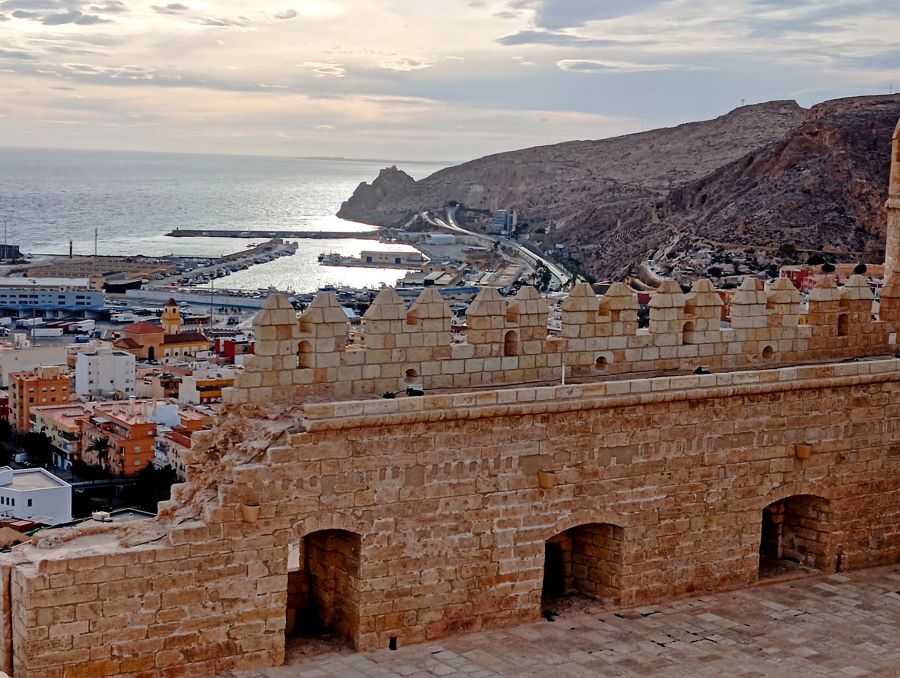
Where is Almeria located
Almería is a city in the southeast corner of Spain, situated along the Mediterranean coast in the autonomous community of Andalusia. It lies within the province of the same name and is bordered by the Sierra de Alhamilla mountains to the north and the sparkling waters of the Mediterranean to the south. Almería is part of a region known for its arid landscape—one of the driest in Europe—which has given rise to unique natural areas like the Cabo de Gata-Níjar Natural Park. The city is relatively close to other Andalusian destinations such as Granada and Málaga, but it remains somewhat off the typical tourist path, offering a quieter, more relaxed alternative with a mix of Moorish history, desert scenery, and coastal charm.
How to get to Almeria, Spain
Sure, here’s how to get to Almería, Spain, in outline form:
1. By Air
- Almería Airport (LEI)
- Located about 9 km from the city center
- Offers direct flights from major Spanish cities (Madrid, Barcelona)
- Seasonal flights from parts of the UK, Germany, and other European destinations
- Alternative Airports Nearby
- Granada Airport (GRX) – ~2 hours by car
- Málaga Airport (AGP) – ~2.5 to 3 hours by car
2. By Train
- RENFE Services
- Direct routes from Madrid (approx. 6-7 hours)
- Connects with other Andalusian cities via transfers
- Almería’s train station is centrally located
3. By Bus
- ALSA and Other Companies
- Regular long-distance buses from cities like Madrid, Granada, Málaga, and Seville
- Often cheaper than trains, with similar travel times
- Main bus terminal is near the city center
4. By Car
- Driving from Major Cities
- From Madrid: ~6 hours
- From Granada: ~2 hours
- From Málaga: ~2.5 to 3 hours
- Routes
- A-7 (Autovía del Mediterráneo) runs along the coast
- Good road conditions and scenic routes
5. By Ferry
- From North Africa
- Ferry connections from ports in Algeria (e.g., Oran, Ghazaouet)
- Arrive at Almería’s port near the city center
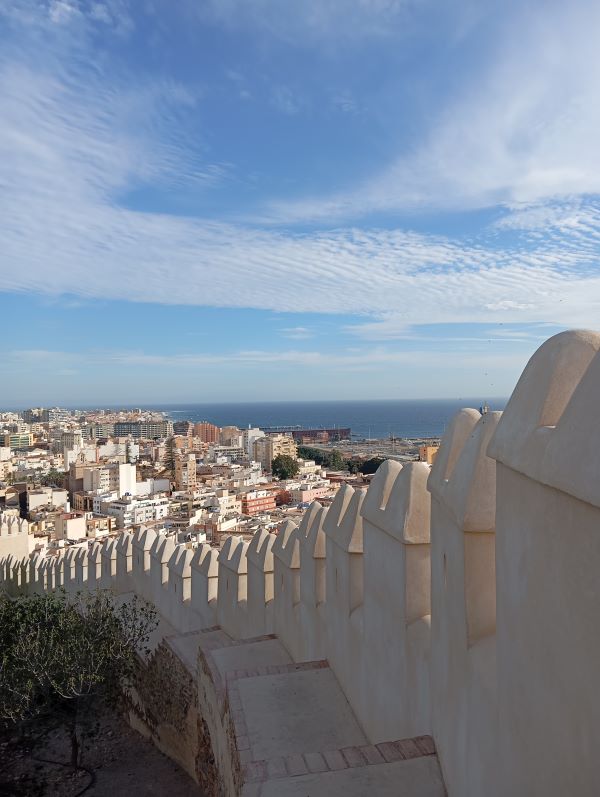
Top things to do in Almeria
Here’s the top things to do and attractions to visit in Almería and the surrounding region:
1. Explore Almería City
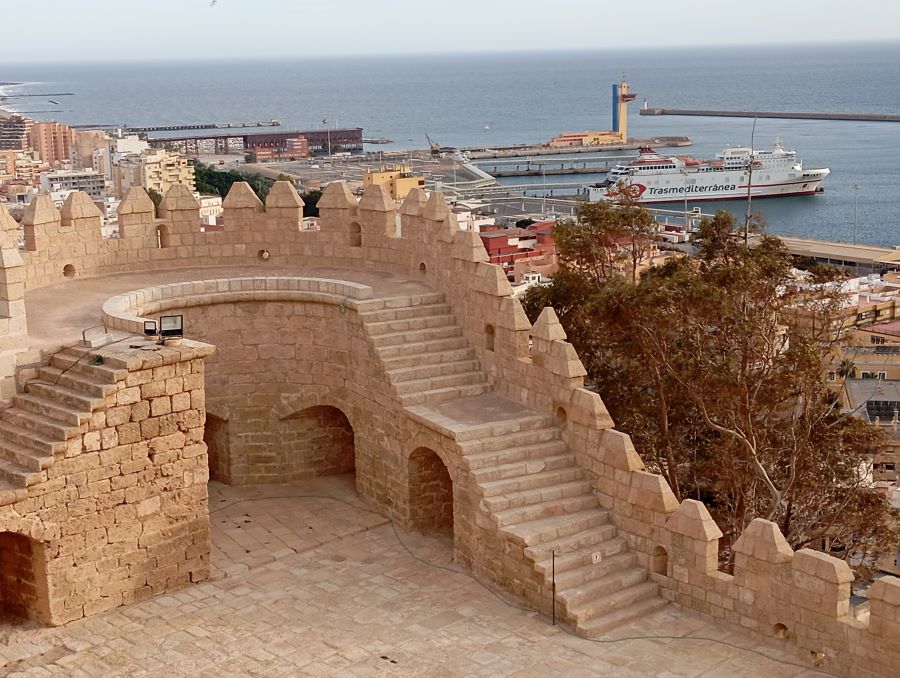
Alcazaba of Almería
The Alcazaba of Almería is a massive hilltop fortress that stands as the city’s most iconic landmark. Built in the 10th century during Muslim rule, it served as both a defensive stronghold and royal residence. Its high walls, watchtowers, and layered terraces offer sweeping views over the city and the Mediterranean Sea. Inside, you’ll find ruins of palaces, gardens, and cisterns that hint at its former grandeur. Later Christian additions, including a castle built by the Catholic Monarchs, add another historical layer. It’s a quiet yet dramatic place to wander, especially in the early morning or late afternoon when the light softens the stone walls.
Check out my post to visiting the Alcazaba here for more details and images.
- Impressive Moorish fortress with panoramic views
- One of the largest Muslim fortresses in Spain
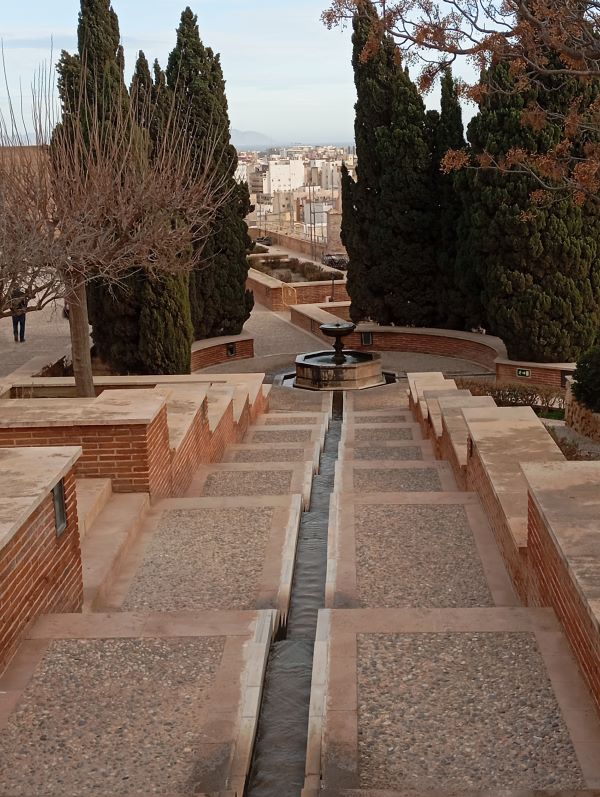
Water channels flow into fountains at the Alcazaba
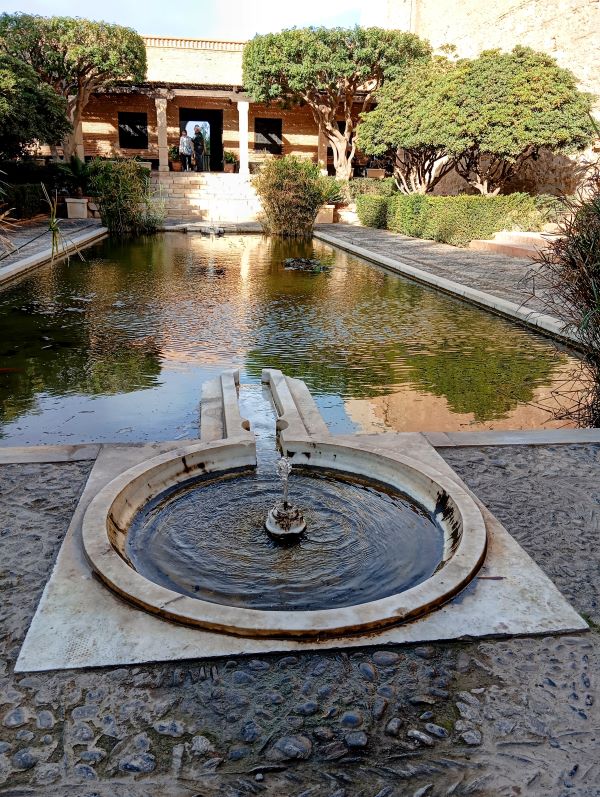
Interior palace garden at the Alcazaba
Here’s a video tour and history of visiting the ALcazaba of Almeria below
Almería Cathedral
Almería Cathedral is a striking blend of religious and defensive architecture, built in the 16th century following a series of pirate attacks that devastated the city. Its fortress-like exterior, complete with thick stone walls and corner towers, gives it a unique character compared to other cathedrals in Spain. Step inside and you’ll find a contrasting interior filled with Gothic vaults, Renaissance details, and a peaceful cloister. The cathedral’s mix of styles reflects its long construction period and the region’s complex history. It’s located in a quiet square in the heart of the old town, making it an easy and worthwhile stop while exploring the city.
To learn more about the Almeria Cathedral, check out their website here for more details.
- Gothic-Renaissance style with fortress-like architecture
- Unique for its defensive design against pirate raids
Here’s a video tour of the ancient Almeria Cathedral below
Old Town (Casco Antiguo)
Almería’s Old Town, or Casco Antiguo, is a laid-back area filled with narrow streets, small plazas, and a mix of crumbling charm and revitalized corners. It’s where you’ll find traditional tapas bars, quirky shops, and locals going about their day. The heart of the old town centers around Plaza Vieja, a tree-lined square surrounded by historical buildings and arcades. Wandering the area reveals layers of the city’s past, from Moorish remnants to colonial facades. It’s not overly polished, which adds to its appeal—more lived-in than touristy, with an authentic Andalusian atmosphere that rewards slow exploration.
-
- Stroll through narrow streets, local shops, and tapas bars
- Plaza Vieja and local markets offer a laid-back vibe
Here’s a virtual tour of visiting the Old Town of Almeria below
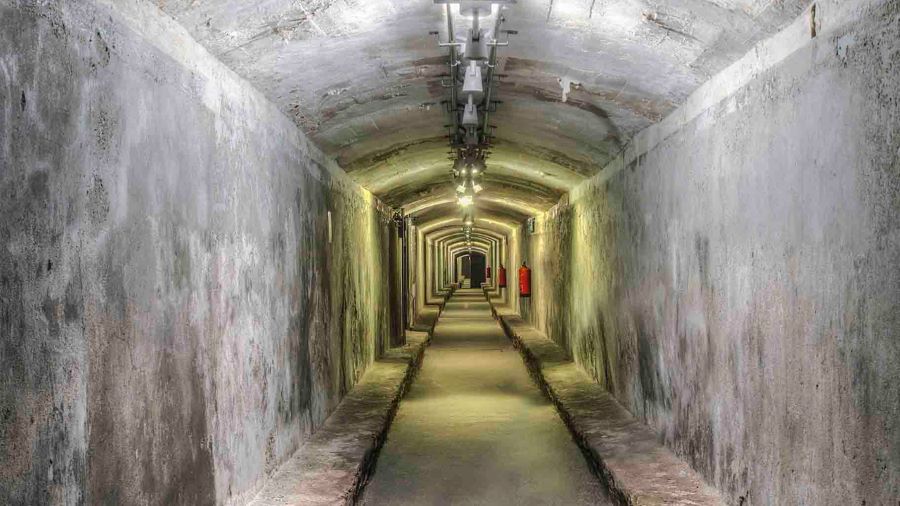
Refugios de la Guerra Civil
The Refugios de la Guerra Civil are a network of underground shelters built during the Spanish Civil War to protect Almería’s residents from air raids. Stretching over four kilometers beneath the city, these tunnels once held thousands of people during bombings, especially after Almería was heavily attacked in 1937. Today, a portion has been restored and opened to the public as a museum. Guided tours take visitors through the narrow passageways, past exhibits that tell the story of life during the war, with preserved hospital rooms and seating areas. It’s a sobering but fascinating look at a turbulent chapter in Spain’s history, offering insight into how ordinary people survived in extraordinary circumstances.
-
- Underground air raid shelters from the Spanish Civil War
- Guided tours available for history lovers
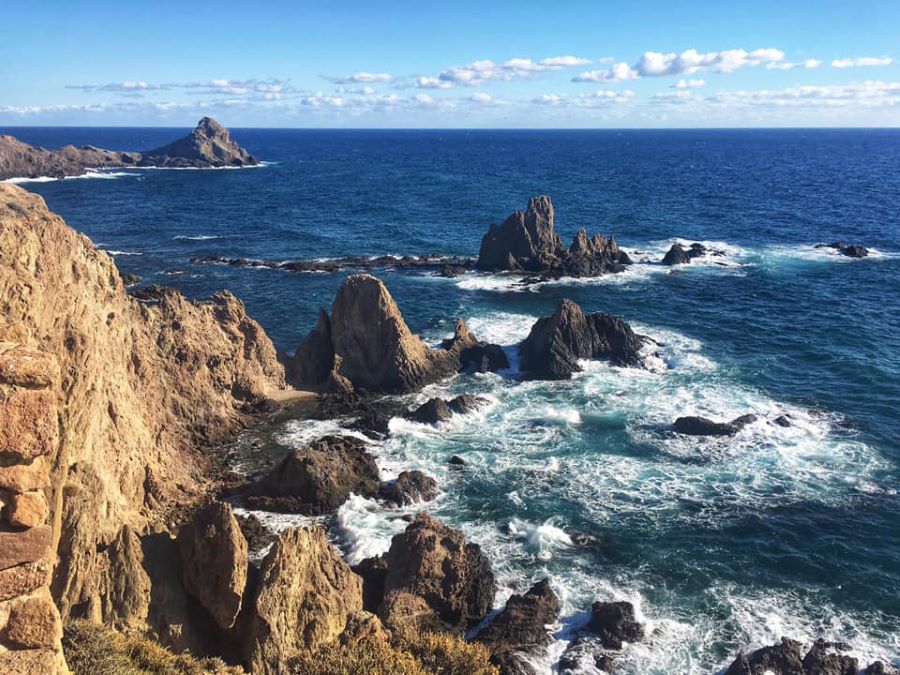
2. Visit Cabo de Gata-Níjar Natural Park
Cabo de Gata-Níjar Natural Park is one of the most unique and untouched coastal areas in Spain, known for its rugged volcanic landscape, secluded coves, and quiet fishing villages. Located just a short drive from Almería, the park offers a mix of sandy beaches, dramatic cliffs, and salt flats that attract flamingos and other birdlife. Popular spots include Playa de los Genoveses and Playa de Mónsul, both wide, undeveloped beaches with clear water and scenic backdrops. The area is perfect for hiking, snorkeling, or just finding a quiet spot to relax. With minimal development and a raw, open feel, it’s a refreshing contrast to Spain’s more built-up coastlines.
- Unspoiled Beaches
- Playa de los Genoveses, Playa de Mónsul, and Playa de los Muertos
- Scenic Hikes and Viewpoints
- Trails around volcanic cliffs, salt flats, and old watchtowers
- Birdwatching and Photography
- Salinas del Cabo de Gata for flamingos and other wildlife
Here’s a visit to the Cabo de Gata Nijar Natural Park below
3. Discover the Tabernas Desert
The Tabernas Desert, located about 30 minutes north of Almería, is often called Europe’s only true desert, with its dry, rocky terrain and dramatic badlands stretching out under wide open skies. It’s best known as the filming location for classic spaghetti westerns—movies like The Good, the Bad and the Ugly were shot here. Today, you can visit preserved film sets turned theme parks like Mini Hollywood, where you’ll find cowboy shows, saloons, and even a small zoo. Beyond the kitsch, the desert itself is worth exploring, with hiking trails, unique geological formations, and a stark beauty that feels more like North Africa than southern Spain.
- Mini Hollywood (Oasys Theme Park)
- Film set turned Western-themed park with shows and zoo
- Desert Scenery
- Often used as a filming location for spaghetti westerns
- Hiking and guided 4×4 tours available
Here’s a quick video tour of the Tabernas Desert below
4. Roam the White Villages (Pueblos Blancos)
Níjar
Níjar is a tranquil village in the province of Almería, nestled within the Cabo de Gata-Níjar Natural Park. Its narrow, winding streets are lined with whitewashed houses adorned with colorful flowerpots, reflecting its Moorish heritage. The town is renowned for its traditional crafts, particularly jarapas—vibrantly woven rugs—and ceramics, which can be found in local workshops and shops. Key attractions include the 16th-century Church of Santa María de la Asunción, featuring Mudejar-style woodwork, and the Atalaya Watchtower, offering panoramic views of the surrounding landscape. Visitors can also explore the Mariposario de Níjar (Butterfly Park), home to over 300 butterfly species, and the Cacti Botanical Garden, showcasing a diverse collection of plants. The village’s culinary scene offers local specialties such as gachas (a creamy porridge), migas (fried breadcrumbs), and olla de trigo (a hearty wheat stew), providing an authentic taste of Andalusian cuisine. With its blend of natural beauty, rich culture, and artisanal traditions, Níjar offers a peaceful retreat for those seeking an authentic Andalusian experience.
Check out more information to visiting Nijar here for details.
- Known for its ceramics, weaving, and artisan crafts
- Gateway to the Cabo de Gata area
Here’s a video tour of the white village of Nijar below
Mojácar
Mojácar is a picturesque village perched on the southeastern coast of Spain, renowned for its whitewashed houses cascading down the hillsides of the Sierra Cabrera mountains. The town’s narrow, cobbled streets, adorned with vibrant flowers and artisanal shops, reflect its rich Moorish heritage. At the heart of Mojácar lies the Church of Santa María, a 16th-century structure built upon the remnants of a former mosque, showcasing the town’s layered history. Overlooking the town is the 15th-century Mojácar Castle, offering panoramic views of the surrounding landscape. Beyond its historical sites, Mojácar boasts 17 kilometers of pristine beaches, with El Playazo standing out as a popular destination for sunbathing and water sports. The town’s cultural vibrancy is evident in its annual festivals, such as the Moros y Cristianos, which reenacts the historical conflicts between Moors and Christians. With its blend of history, culture, and natural beauty, Mojácar offers visitors an authentic Andalusian experience.
Check out more information to visiting Mojacar here for details.
- Whitewashed hilltop village with Mediterranean views
- A mix of history, beach life, and bohemian charm
Here’s a quick video tour of Mojacar’s white village below
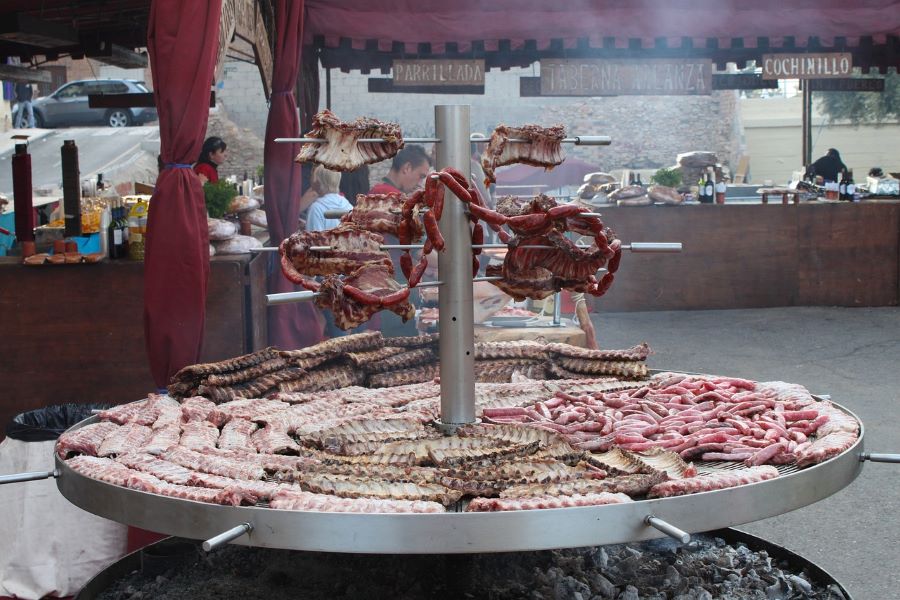
5. Enjoy Local Food and Markets
I. Introduction to Almería’s Food Scene
- A mix of Moorish, Mediterranean, and Andalusian influences
- Known for its fresh produce, seafood, and tapas culture
- Markets are central to daily life and a good place to meet locals
II. Types of Markets in Almería
A. Mercado Central de Almería (Central Market)
- Main indoor market in the city
- Wide variety of fresh fish, meats, fruits, and vegetables
- Ideal for exploring local ingredients and observing daily shopping routines
B. Weekly Outdoor Markets (Mercadillos)
- Rotating markets across neighborhoods (e.g., Avenida del Mediterráneo)
- Mix of produce, clothing, and household goods
- Great spot for budget-friendly fruits, nuts, olives, and dried goods
C. Fish Markets
- Almería’s port brings in daily catches
- Especially known for red prawns, squid, sardines
- Some markets sell directly from the boats or nearby stalls
D. Artisan and Specialty Food Stores
- Jamón ibérico shops, olive oil boutiques, local wine sellers
- Ideal for picking up high-quality souvenirs or gifts
III. Local Foods to Try at the Market
A. Tapas Ingredients
- Chorizo, manchego, olives, anchovies, cured tuna
- Almería is famous for offering free tapas with drinks in many bars
B. Produce from the “Garden of Europe”
- The area around Almería is packed with greenhouses
- Fresh tomatoes, peppers, eggplants, and melons
C. Traditional Dishes or Snacks
- Gurullos con conejo (pasta stew with rabbit)
- Migas (fried bread crumbs often served with sardines or chorizo)
- Cherigan (toasted bread with toppings like tuna, alioli, or ham)
IV. How to Experience the Markets
- Visit early in the morning for the best selection
- Grab a coffee or snack at a nearby café to people-watch
- Talk to vendors—they often share cooking tips or stories behind ingredients
- Take a self-guided tasting tour: olives from one stall, jamón from another
V. Seasonal and Festival Foods
- Easter: sweet pastries like hornazo
- Christmas: nougat (turrón), almond sweets
- Local wine and specialty seafood often tied to specific holidays
VI. Why It’s Worth Exploring
- Markets reflect the rhythm of local life in Almería
- Affordable way to try a wide range of regional flavors
- Great photo opportunities and cultural insight beyond restaurants
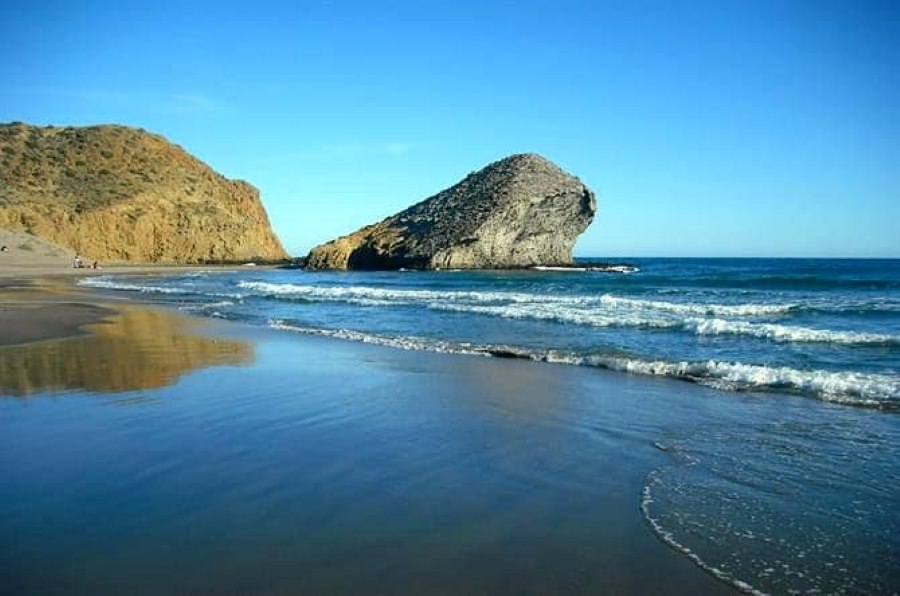
6. Beach Time
The coastal area around Almeria region has urban to more hidden beaches that are not as well known and frequented by mostly locals in the know. If you are looking for more beach time, check out all these wonderful beaches to hang out and spend a beach day.
Urban Beaches (Close to Almería City)
A. Playa del Zapillo
-
Main city beach, walkable from central Almería
-
Long promenade with cafés, restaurants, and ice cream shops
-
Good for swimming, families, and people-watching
B. Playa de Nueva Almería
-
Slightly quieter stretch near residential zones
-
Clean and well-maintained
-
Popular with locals for evening walks and casual beach days
Beaches in Cabo de Gata-Níjar Natural Park
A. Playa de los Genoveses
-
Wide, crescent-shaped beach surrounded by dunes
-
No buildings or bars—completely undeveloped
-
Soft sand, calm waters, family-friendly
B. Playa de Mónsul
-
Iconic volcanic rock formations and dramatic landscapes
-
Popular among photographers and film buffs (featured in Indiana Jones)
-
Accessible by car, but parking is limited in high season
C. Playa de las Salinas
-
Long beach near the salt flats and birdwatching areas
-
Quiet, with views of the Cabo de Gata lighthouse
-
Ideal for those seeking peace and open space
Smaller or Hidden Beaches
A. Cala de Enmedio
-
Secluded cove near Agua Amarga
-
Reachable only by foot or kayak
-
Clear water, white sand, and smooth rock platforms
B. Cala del Plomo
-
Another quiet cove with clear turquoise waters
-
Less crowded due to remote access
-
Great for snorkeling or a peaceful picnic
Events in Almeria
- Feria de Almería (August)
- Week-long fair with parades, concerts, and food stalls
- Holy Week (Semana Santa)
- Religious processions through the city streets
Check out these posts to visiting places and attractions in the region
Explore the Alcazaba of ALmeria

Conclusion to visiting Almeria
A day trip to Almedia, Spain, offers a captivating blend of natural beauty, cultural heritage, and culinary delights. Whether you’re exploring the mesmerizing Alcazaba, strolling along the Old town with its impressive cathedral, or savoring local seafood at charming eateries that is predominant in the area, Almeria promises a memorable experience. Here’s a conclusion to your day trip:
As the sun sets over the Mediterranean, you’ll carry with you the echoes of history from the historic Alcazaba, the salty breeze of the coastline and white villages in Almeria, and the flavors of regional Spanish cuisine. Almeria’s unique charm and the warmth of its people make it a perfect destination for a day of exploration and relaxation.
It’s a wonderful experience to discover this untapped and off the beaten province called Almeria.
Check out more details to visiting the Almeria region here for more information

About author – Noel Morata
After relocating from the United States to Andalusia in 2024, I’ve made it my mission to discover every corner of Spain. Based just east of Granada, I’ve spent over 12 months exploring Andalusia province and the rest of Spain, including multiple extended visits to Granada throughout different seasons. My background in Spanish cultural studies and years of residence and exploring all of Spain have given me unique insight into the region’s historical significance, local customs, and culinary traditions.
I regularly update my guides with the latest information gathered through personal visits and relationships with local tourism officials, always seeking what’s new and exciting in each destination. As a self-proclaimed foodie, I’m passionate about discovering authentic local markets and regional specialties.
Disclosure – some of the links above to various tours, transportation and hotels are affiliate links that benefits our site if you book here and we appreciate your support. The links are competitive, and you are not paying above what other affiliates provide.
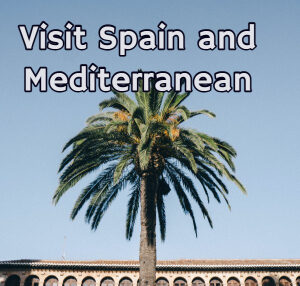
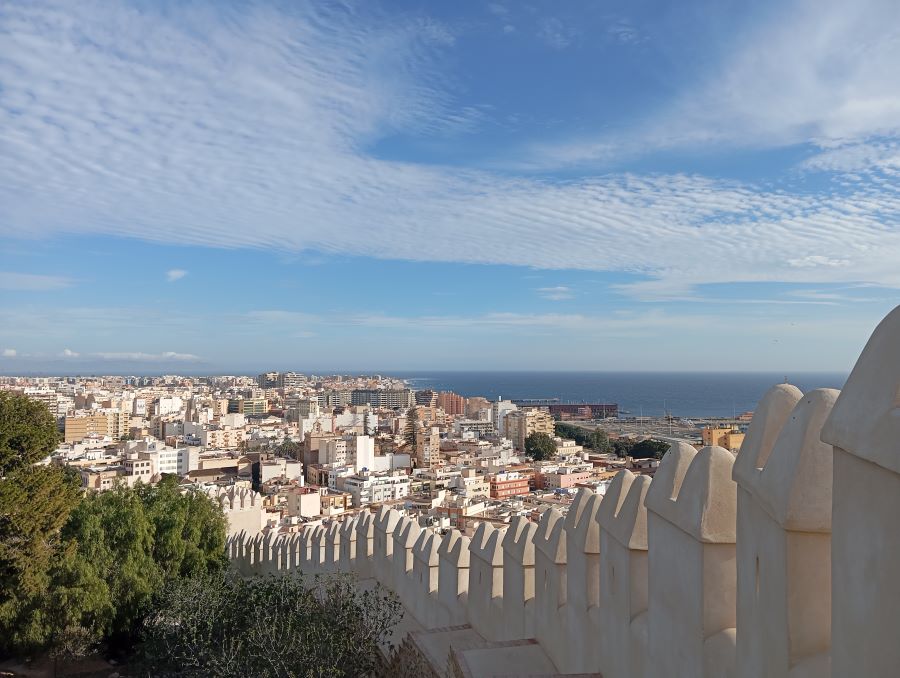
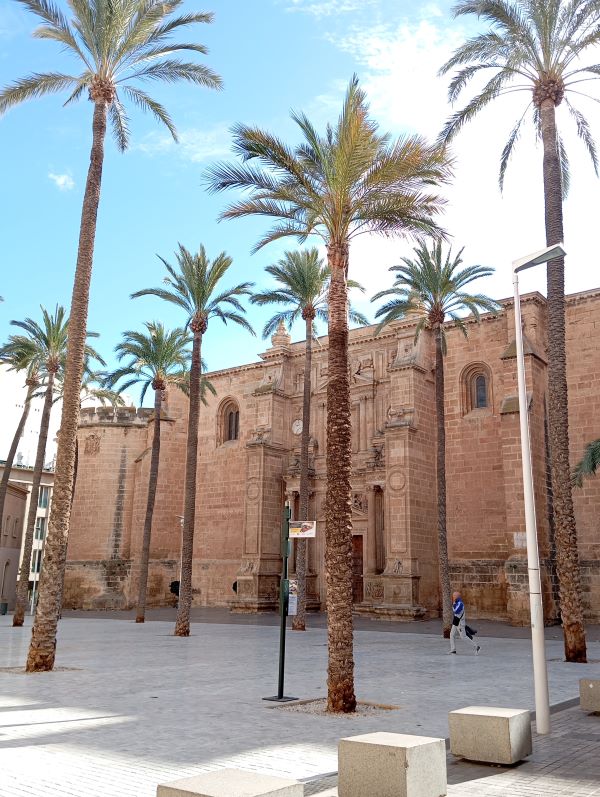

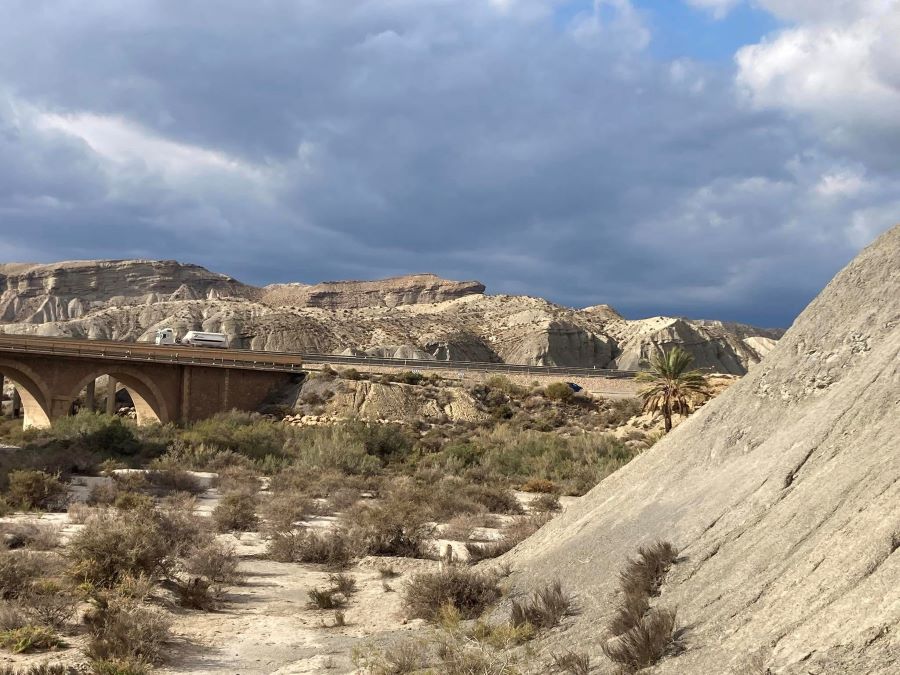
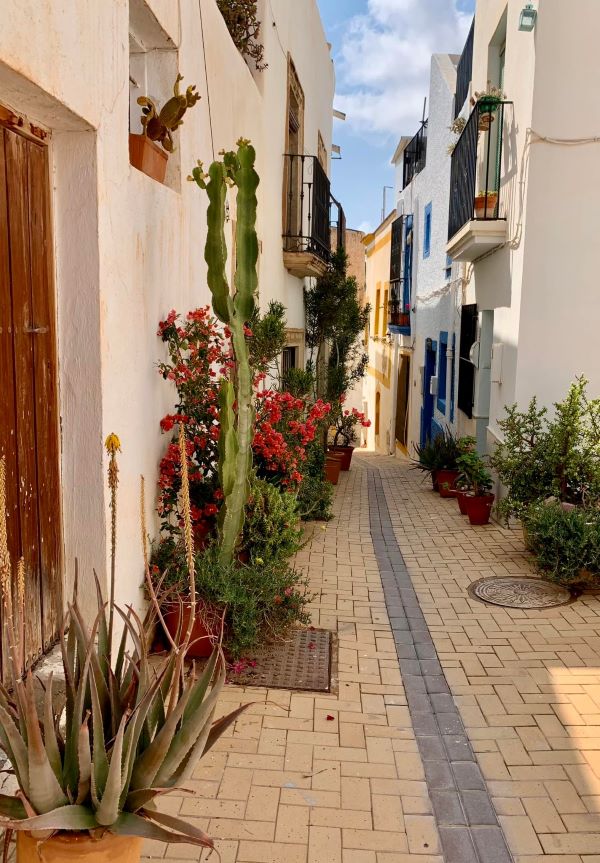
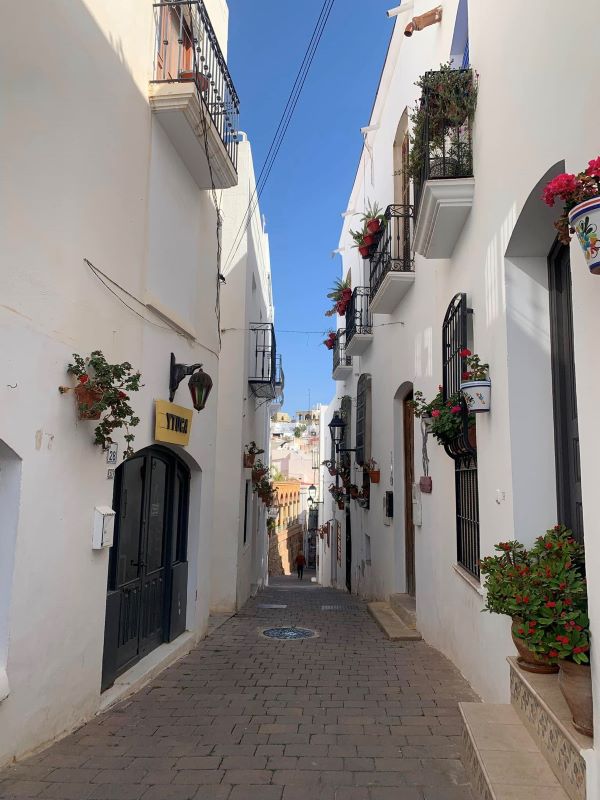
1 thought on “Things to do in Almeria Spain”